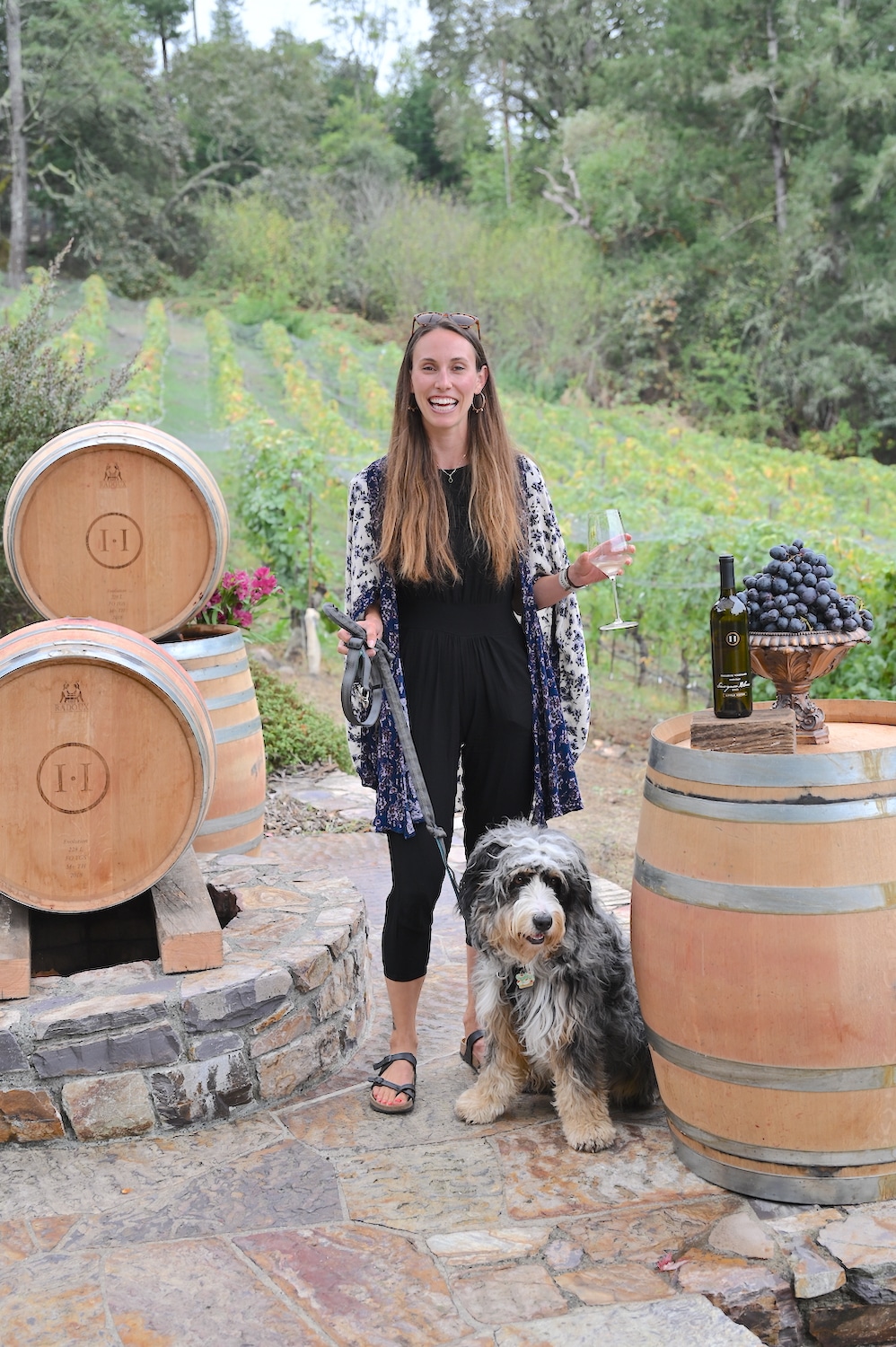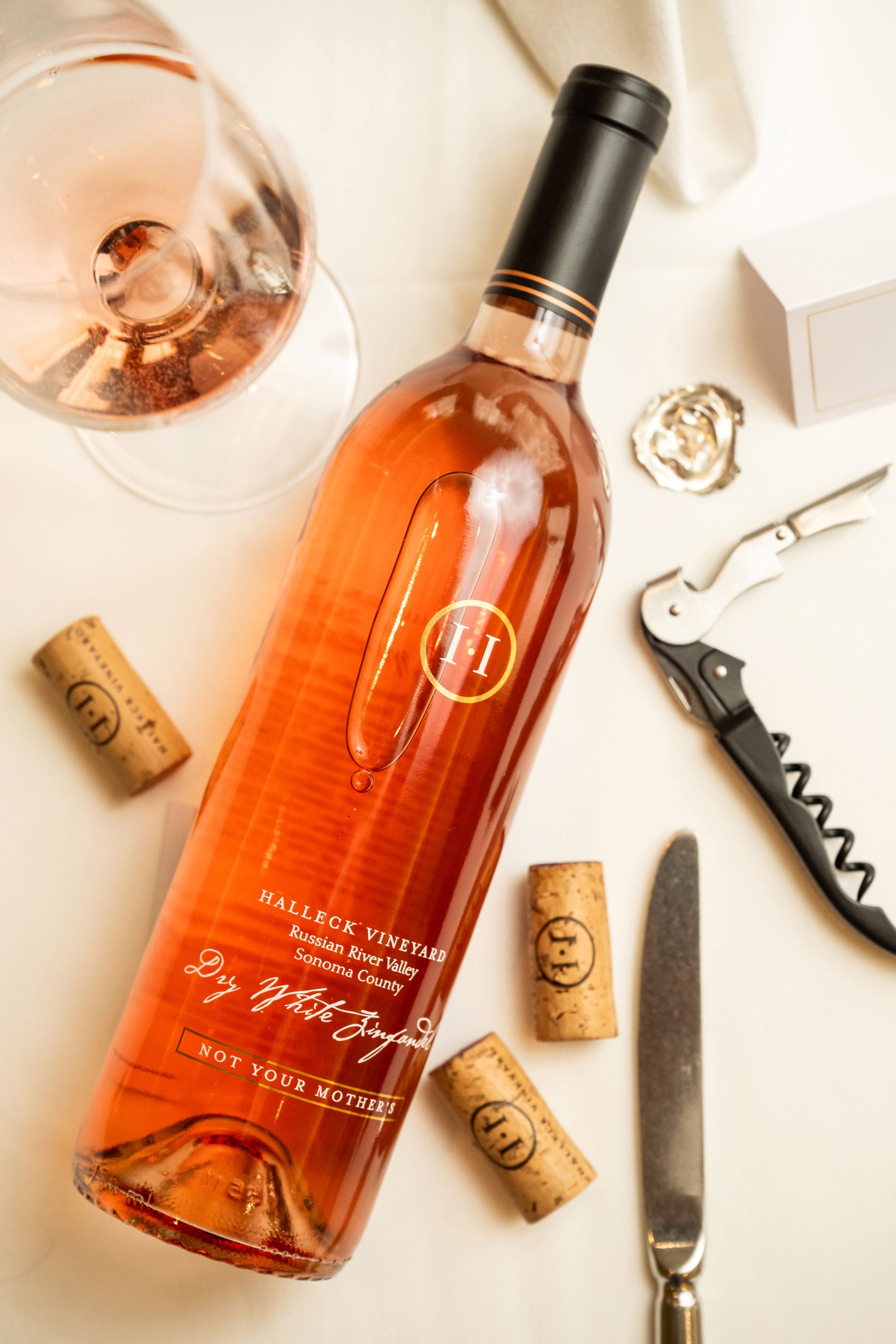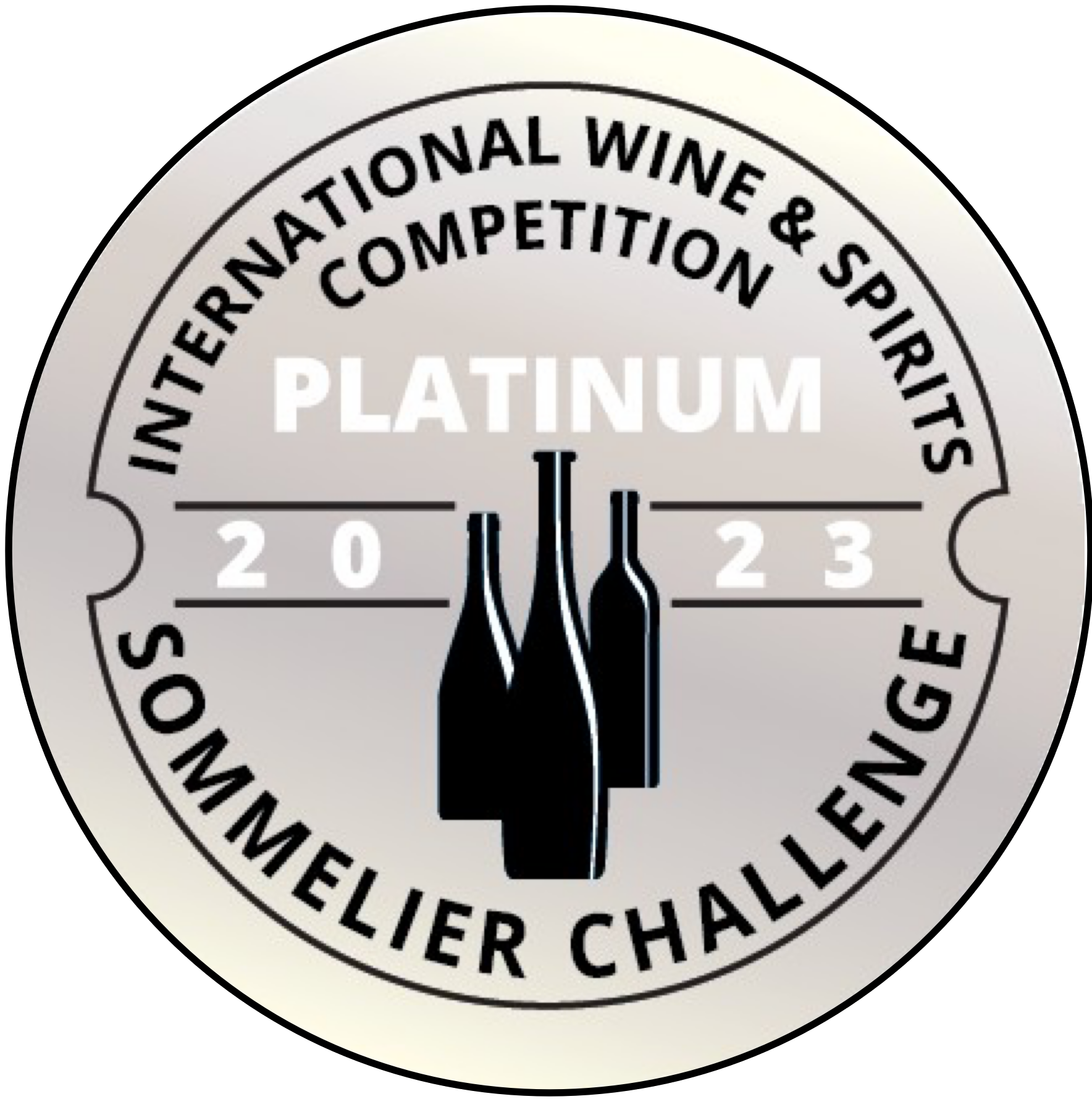Vintage Wine Tasting Experiences In Sebastopol - Sonoma Vineyards Worth Visiting
Vintage Wine Tasting Experiences In Sebastopol - Sonoma Vineyards Worth Visiting
Blog Article
Vintage Wine Tasting Experiences In Sebastopol - Scenic Wineries Of Sebastopol
Wine tasting is an art that mixes sensory experience with an appreciation for the nuances of various varietals. How to evaluate flavors in winery wine tasting periods is pivotal to greedy the complexities of wine.
Engaging in a wine tasting includes more than simply sipping and savoring. It requires a focused approach to identify aromas and flavors that every wine presents. As you begin, observe the wine's look, noting its colour and clarity. These visual cues usually counsel a wine’s age, grape selection, and even potential flavor profiles.
The next step in the tasting course of is to swirl the wine in your glass. This motion releases aromatic compounds which are very important for evaluation. Lean in and take a second to inhale deeply; the aromas can vary from floral and fruity to spicy and earthy. The nose of the wine is just as necessary because the palate, and recognizing scents plays a significant function in understanding the general experience.
When taking your first sip, permit the wine to move throughout your palate - Wineries Hosting Seasonal Events. Notice the preliminary flavors that current themselves. Is the wine fruity, floral, or maybe herbaceous? This initial taste offers perception into what the wine is likely to categorical as you continue to evaluate it. The mouthfeel additionally contributes to the overall flavor experience; it can be silky, tannic, and even effervescent.
Wineries With Beautiful Architecture - Explore Sebastopol Area Vineyards
As you proceed tasting, pay consideration to the wine’s stability. A well-balanced wine will harmonize acidity, sweetness, and tannins. If one element overwhelms the others, it might indicate a less desirable quality. Evaluating balance may help you establish how nicely the wine may pair with food.
Transitioning to the finish, think about how the flavors evolve as the wine lingers on your palate. A lengthy, nice finish can indicate a high-quality wine, whereas a brief or abrupt finish might counsel in any other case. Mirror on whether the flavors stay constant or if new notes emerge as the wine settles. This progression can reveal complexities and intricacies that may not have been obvious in the preliminary tasting.
Temperature can additionally be an important factor in evaluating wine flavors. Different forms of wine are optimally enjoyed at specific temperatures. White wines usually shine when chilled, while red wines typically perform finest at room temperature. When tasting, make positive the wine is at the acceptable temperature to completely appreciate its character.
Unique Wine And Food Pairings In Sonoma - Tasting Experiences In Sebastopol Vineyards
Pairing food with wine can significantly enhance the tasting experience. Foods can affect the notion of flavors in wine, both highlighting certain characteristics or diminishing them. When evaluating flavors, consider how the wine interacts with totally different foods, noticing which flavors are amplified or muted (Wineries With Breathtaking Gardens In Sonoma).

Contemplate the influence of terroir as you engage in a winery tasting. Terroir encompasses the distinctive environmental components that affect grape rising, including soil composition, local weather, and geography. Understanding a wine's terroir can provide perception into its flavors and aromas, fostering a deeper appreciation for the choices made throughout its cultivation and manufacturing.
Schooling plays a elementary function in enhancing one's ability to judge wine flavors. Learning about grape varieties, wine regions, and manufacturing methods can pave the way for more knowledgeable judgments throughout tastings. Additionally, attending workshops or classes can refine sensory skills and increase your flavor vocabulary, enabling you to articulate tasting notes extra effectively.

Lastly, it's important to remember that evaluating wine flavors is a extremely personal experience. Particular Person preferences and perceptions will invariably form one’s tasting journey. Enjoyment must be on the forefront, with the analysis course of performing as a device to reinforce understanding and appreciation quite than create inflexible tips.
Wineries Known For Their Hospitality - Discover Sebastopol's Wine Scene
In conclusion, mastering how to evaluate flavors in winery wine tasting periods includes a mixture of sensory engagement, data, and practice. By studying to identify aromas, assess the stability, and recognize the intricacies of flavor, wine enthusiasts can deepen their connection to every bottle they encounter. As with any art type, the more one immerses themselves in the experience, the extra they may uncover and benefit from the huge world of wine.
- Begin by observing the wine's color and clarity, as these visual elements can hint at its flavor profile and growing older potential.
- Swirl the wine gently in your glass; this releases aromatic compounds, allowing you to raised determine the complicated scents associated with the wine.
- Take a deep inhale before tasting, focusing on both main and secondary aromas to collect insights on fruits, spices, and other nuances.
- When tasting, permit the wine to coat your palate; note the initial flavors, the mid-palate complexity, and the finish as these stages can provide different flavor highlights.
- Pay attention to texture and mouthfeel, as aspects such as tannin ranges, acidity, and sweetness contribute considerably to the general tasting experience.
- Examine flavors towards normal wine characteristics; for red wines, consider berry notes, oak affect, and natural tones, whereas whites might include citrus, stone fruits, and floral hints.
- Take notes during the tasting session to trace your impressions, serving to you to recollect and evaluate the different wines sampled.
- Discuss your findings with fellow tasters or winery staff, as sharing insights can improve understanding and appreciation of particular person flavors.
- Permit time for the wine to breathe; sometimes, flavors evolve and reveal new dimensions after being exposed to air.
- Experiment with food pairings in the course of the tasting as they will dramatically alter how flavors are perceived, influencing general enjoyment.undefinedWhat should I search for when evaluating the aroma of wine throughout a tasting?
Start by swirling the wine in your glass to more information release its aromas. Deliver the glass to your nostril and take a deep breath. Pay attention to the first scents you detect, as these are sometimes probably the most prominent. Look for fruit, floral, natural, or earthy notes and attempt to identify particular characteristics, which can deepen your understanding of the wine's complexity.
Cultural Wine Experiences In Sonoma County - Sonoma Wine Retreats

How can I distinguish between totally different flavor profiles in wine?
Understand that flavor profiles are sometimes categorized as fruit, floral, herbaceous, spicy, or mineral. Take small sips and permit the wine to coat your palate. Discover the first flavors that emerge first and the delicate notes that comply with. This layering is important in distinguishing the wine's characteristics and will assist you to respect its unique profile.
Intimate Wine Tasting Experiences In Sonoma - Sonoma Wine Country Wineries To Explore
What is the importance of the wine's texture in a tasting?

The texture of the wine, also called mouthfeel, performs a crucial position in how we understand flavors. Pay attention as to whether the wine feels smooth, creamy, or gritty. The physique of the wine (light, medium, or full) can improve or contrast with flavors, offering a more rounded experience during tasting.
How do I assess the steadiness of flavors in wine?
Balance in wine refers to the concord between acidity, sweetness, tannin, and alcohol. Take a moment to assess whether or not these elements complement or intrude with each other. A well-balanced wine could have none of its components overpowering the others, creating a pleasing tasting experience.
Spectacular Vineyard Views In Sonoma - Best Winery Located In Sonoma
What position does temperature play in evaluating wine flavors?
Temperature can considerably influence the perception of flavors. Usually, red wines are greatest served slightly under room temperature, whereas white wines take pleasure in being chilled. As the temperature changes, the aromas and flavors can shift, allowing you to understand different traits. It’s essential to style wine at its optimum temperature for true evaluation.
Wineries Known For Their Hospitality - Sonoma County Wine Tasting Locations
How can I improve my tasting skills over time?
Practice is vital to bettering your tasting skills. Best Chardonnays From Sonoma Winemakers. Attend tastings, maintain a journal of your experiences, and discover various kinds of wines to broaden your palate. Additionally, studying about wine production and grape varieties can provide context that enhances your analysis course of, making you a more knowledgeable taster.
Is there a particular order in which I ought to style the wines?
Affordable Wine Tastings In Sonoma County - Sebastopol Winery Experience
Sure, it’s advisable to taste wines from light to full-bodied and dry to sweet. This development prevents the stronger flavors from overshadowing the more delicate ones, allowing you to totally appreciate each wine's traits and nuances with out palate fatigue.
How can I evaluate the aftertaste of wine?
Wineries Featuring Vineyard Tours - Sebastopol Winery Experience
The aftertaste, or end, is a crucial side of the wine-tasting experience. After swallowing, pay consideration to how lengthy the flavors linger in your palate and whether or not they change. A lengthy, nice finish is usually an indicator of a high-quality wine, while a short or unpleasant finish may counsel in any other case.
Why is it necessary to notice the wine’s acidity throughout tasting?
Acidity contributes to the general freshness and structure of the wine. Pay attention to the tingling sensation on your tongue; higher acidity can improve the wine's liveliness and steadiness out sweetness. Noting acidity helps decide the wine's versatility with food and its growing older official source potential.
What should I do if I struggle to identify particular flavors in wine?
Wineries With Live Music Events Occasionally - Sonoma Wineries With Vineyard Views
Struggling to establish flavors is frequent, particularly for novices. Focus on broader classes and describe what you can recognize, such as sweet or earthy notes. With practice, reading about different flavor profiles, and perhaps using flavor wheels, you'll refine your senses and develop a more nuanced approach to tasting. Report this page